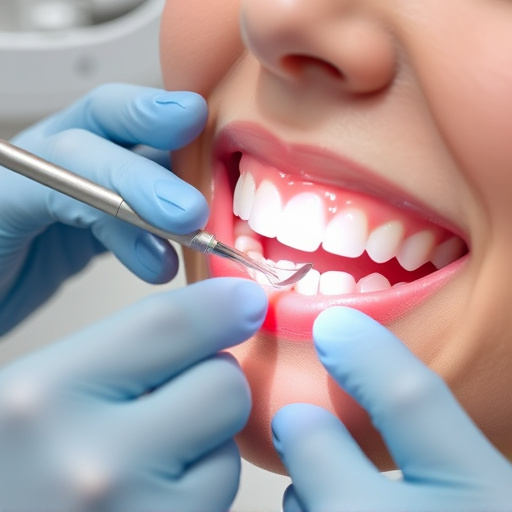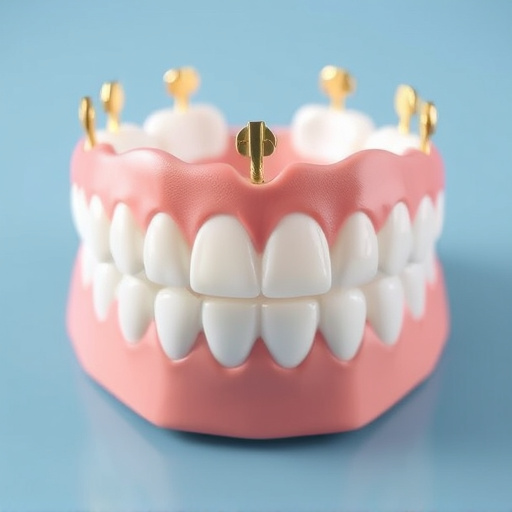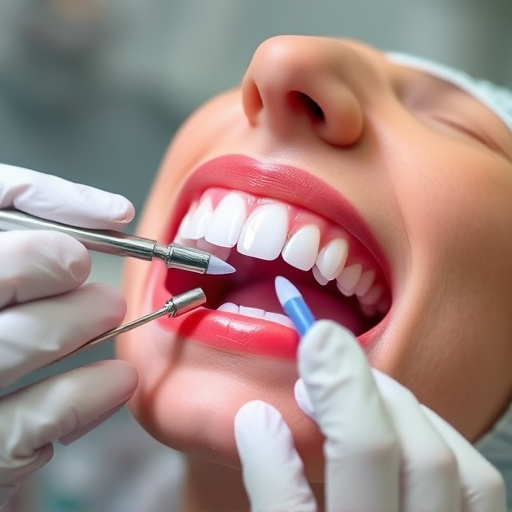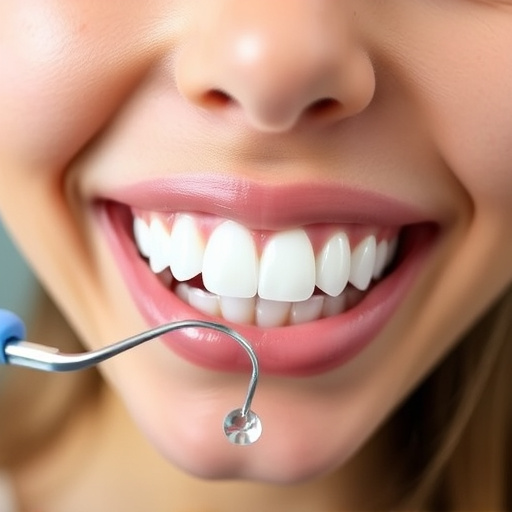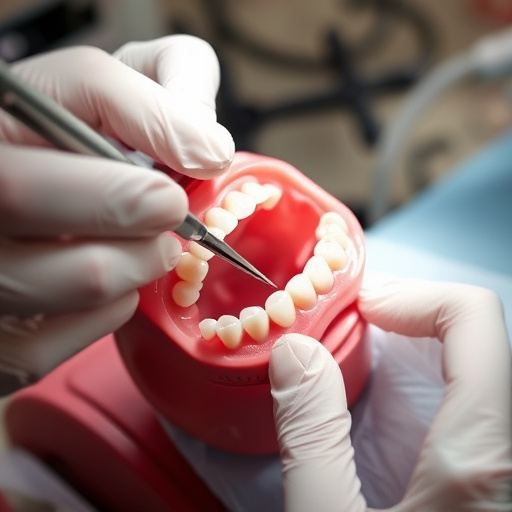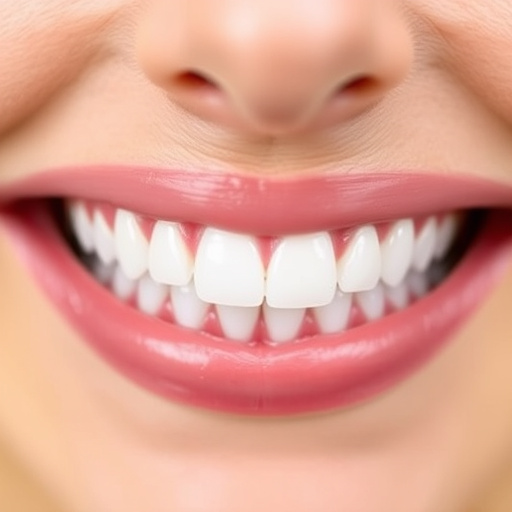Occlusal adjustment (bite correction) aligns teeth for optimal biting and jaw function, addressing misalignments caused by issues like crookedness or wear. Precision Bite Correction techniques use advanced tools to correct overbite, underbite, and crossbite, improving chewing efficiency, reducing muscle strain, preventing tooth wear, and enhancing oral health. Effective treatment planning, including diagnostics like bite scans and X-rays, considers patient history, current condition, future goals, and long-term sustainability for safe, precise adjustments.
Occlusal adjustment, or precision bite correction, is a precise dental technique aimed at achieving harmonious tooth contact. This advanced approach goes beyond basic dentistry, addressing the intricate relationship between teeth and jaw alignment. By meticulously adjusting biting surfaces, dentists can alleviate discomfort, improve oral health, and enhance overall facial aesthetics. This article delves into the fundamentals of occlusal adjustment, explores sophisticated correction techniques, and provides insights for effective treatment planning.
- Understanding Occlusal Adjustment: The Basics
- Precision Bite Correction: Techniques and Benefits
- Effective Treatment Planning for Optimal Results
Understanding Occlusal Adjustment: The Basics

Occlusal adjustment, also known as bite correction, is a crucial aspect of comprehensive dental care that aligns the upper and lower teeth for optimal biting and jaw function. It involves meticulously adjusting the occlusion, or the way teeth fit together, to achieve a balanced bite. This precise procedure is often necessary when teeth are misaligned due to issues like crookedness, gaps, or improper tooth wear. By correcting the occlusal relationship, dentists can not only improve the aesthetics of a smile but also prevent further damage to teeth and gums.
The process typically starts with an oral examination and bite analysis to identify any irregularities. Advanced technologies, such as digital imaging and 3D modeling, aid in planning and designing custom solutions like clear aligners or dental bonding to gently realign the teeth over time. This gentle approach ensures patients receive comprehensive dental care without discomfort, making it a preferred method for achieving a straighter, healthier smile.
Precision Bite Correction: Techniques and Benefits
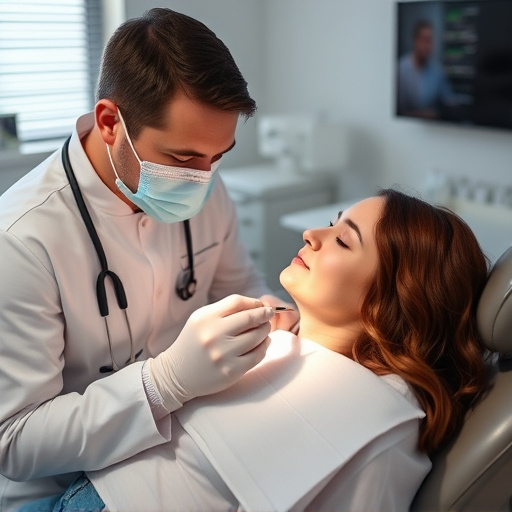
Precision Bite Correction is a highly effective technique within the realm of occlusal adjustment, focusing on aligning teeth and jaws to achieve optimal bite harmony. This method involves meticulous analysis and subtle adjustments to correct misalignments, ensuring upper and lower teeth fit together seamlessly. By utilizing advanced tools and technologies, dentists can precisely alter the position of individual teeth or entire arches, addressing issues like overbite, underbite, or crossbite. The benefits are multifaceted: improved chewing efficiency, reduced strain on jaw muscles, prevention of tooth wear, and enhanced overall oral health.
One key advantage is its ability to mitigate issues often associated with wisdom tooth removal or routine oral exams. Correcting the bite beforehand can lessen the need for extensive dental procedures later. Moreover, regular dental cleanings become more efficient as proper occlusal alignment facilitates better access during these appointments. This holistic approach ensures that not only visible aesthetics are improved but also the underlying structure and function of the mouth are optimized, contributing to long-term oral health.
Effective Treatment Planning for Optimal Results
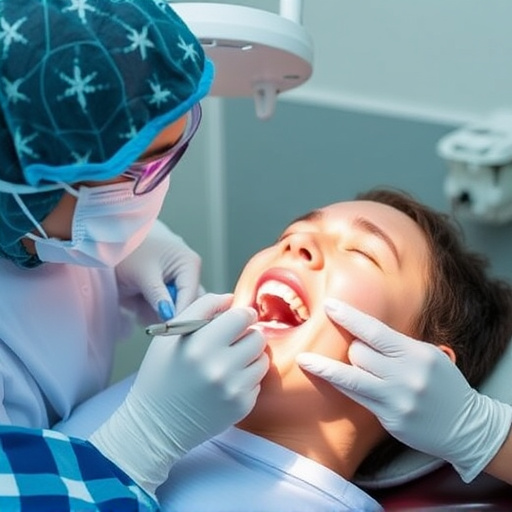
Effective treatment planning is pivotal for achieving optimal results with occlusal adjustment and precision bite correction. This multifaceted process requires a comprehensive understanding of the patient’s oral health history, current dental condition, and future goals. General dentistry professionals play a crucial role in designing tailored treatment plans that not only address existing issues but also consider long-term oral health sustainability. By integrating comprehensive dental care practices, including emergency dental care when necessary, dentists can ensure that adjustments are made with precision and safety.
A well-structured plan includes detailed diagnostics, such as bite scans and X-rays, to accurately assess the occlusal relationship. This data informs decisions about toothwear management, restorative procedures, or orthodontic interventions. The goal is to achieve a harmonious bite that not only alleviates symptoms like headaches and jaw pain but also preserves dental structures, prevents future damage, and enhances overall oral health and function.
Occlusal adjustment through precision bite correction offers a transformative approach to oral health. By understanding the basics and employing advanced techniques, dentists can significantly enhance treatment outcomes. This comprehensive strategy not only addresses dental misalignments but also promotes overall oral well-being. With careful planning and a focus on precision, occlusal adjustment becomes a game-changer in modern dentistry, ensuring patients enjoy a balanced bite and a vibrant smile for years to come.








